Since Why Not was a co-producer, we were able to help address those accessibility concerns. Shaw is hard to get to, so we encouraged the Shaw to charter buses that would travel directly from South Asian communities, to the theatre and back. While Shaw’s marketing was largely focused on digital, press, and radio ads, our Why Not Team did a ton of grassroots outreach to local temples, gurdwaras, restaurants, grocery stores and newcomer community groups… we were producing outside of their regular season and all of our approaches had led to us exceeding the box office expectations and a whopping 42 percent of our audience were first time visitors to the festival. It was amazing to see “old” and “new” audiences mingling in the lobby after the show after spending the whole day together.
One cultural collision that I’d love to share, is the culture of the theatre itself—which can present barriers to a lot of new audiences. Before one of the performances of Mahabharata, I was in the lobby, and the show was about to start. There was a little panic from front of house (FOH) to get things started and hurry people in. A family walked in— auntie, uncle, grandma, grandpa, two toddlers, one passed out in a stroller.
If we really, truly, want “new” audiences, it might not always be on our terms, and it has to be our job to make sure all feel welcomed—so that everyone decides to come back!
They were “late” and they wanted to change their seats. They had seen part one, but their kids were vocal and they felt bad annoying other patrons, so they wanted to move into the balcony. The FOH manager was imploding, she couldn’t compute the request and manage the pressure to start, and one of our understudies intervened and got the box office manager to help out—he was awesome. As they were walking up the stairs, half way the grandparents changed their mind and they were discussing in Bengali, whether they wanted to walk all the way up or go back to their original seats… meanwhile FOH is going bananas, Our understudy is speaking terrible Hindi saying “Jaldi Jaldi!” They get to the top of the stairs, park the stroller and they all head in, and the show was eight minutes late. I share the shortened version of this because it really was a clash of cultures for that theatre. The culture of the theatre and its “rules,” which are rigid, and the culture of (broadly speaking) Indian people, where time, tickets, everything is flexible. To me, it was hilarious. I could understand how stressful the situation was for the staff of the theatre, but the chaos of it, was so recognizable to me, so comforting to witness, because it was my culture. It felt right. If we really, truly, want “new” audiences, it might not always be on our terms, and it has to be our job to make sure all feel welcomed—so that everyone decides to come back!
Barbican
A different kind of cultural collision happened in our collaboration with the Barbican Centre, which to me was a huge success. Beyond the Western and South Asian audiences, we had also anticipated that there were two different working cultures and styles between Why Not, a small Canadian POC led company, and the Barbican, a massive British institution. We knew there could be the potential for friction (as we had had with predominantly white institutions in the past), so very early on in the process we got all the key folks from both Why Not and Barbican teams together to have a conversation about values. To our surprise, the Barbican welcomed this invitation with open arms; they were thrilled to discuss the way we each worked, our expectations, how we would practice values-based decision making, how we would handle conflict if it emerged between the teams, and what we hoped the audience experience to feel like. Most importantly, the Barbican’s marketing team was part of the meeting, so what became evident through the values meeting, was that we needed to hire a South Asian marketing consultant (which we recommended through one of the actors in the company) to ensure we’d reach those first-time-theatregoing South Asian audiences that we were hoping to.
Not only did we sell out the entire run, but we were the second most successful show of 2023 to bring new audiences to the Barbican. It didn’t feel like a presenter/visiting artist relationship, and it wasn’t a co-producing relationship. It felt like—and was—a true collaboration. And standing in the lobby, being miles away from home, I had the feeling of home.
A beloved Canadian programmer, Norman Armour—the founder of the PuSh festival in Vancouver—who recently passed away, used to speak with me about touring in terms of hosts and guests. I think there is the potential for presenters to work with artists to create a new category of “Guest Host,” where we, the “guest” artists, can play a significant role in helping venues host “new” audiences.
Of course, not all artists will want to play this role, nor should they have to, but I offer these learnings as a way of helping to think about more deep and long-term relationships in touring between artists and presenters and audiences.
Being a good guest or a good host, is really about understanding the importance of generosity and what it means to share. And I think if we share the resource of the building, the theatre, the venue itself, between artists and presenters, we might find more creative ways to not only engage and welcome a “new” audience, but we might also find ways to better immerse ourselves in another’s story and authentically experience another’s culture. This is true for local, national, and international contexts.
I am sure many minds in this room are hard at work on this—so I hope sharing some of these experiences will help build on your conversations and ideas.
Thank you for your time and for having me here today!


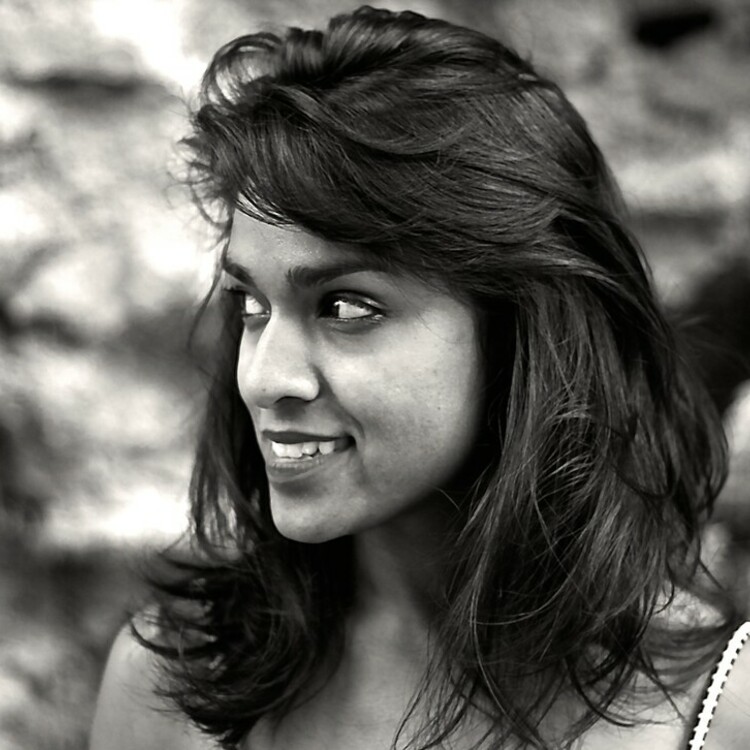
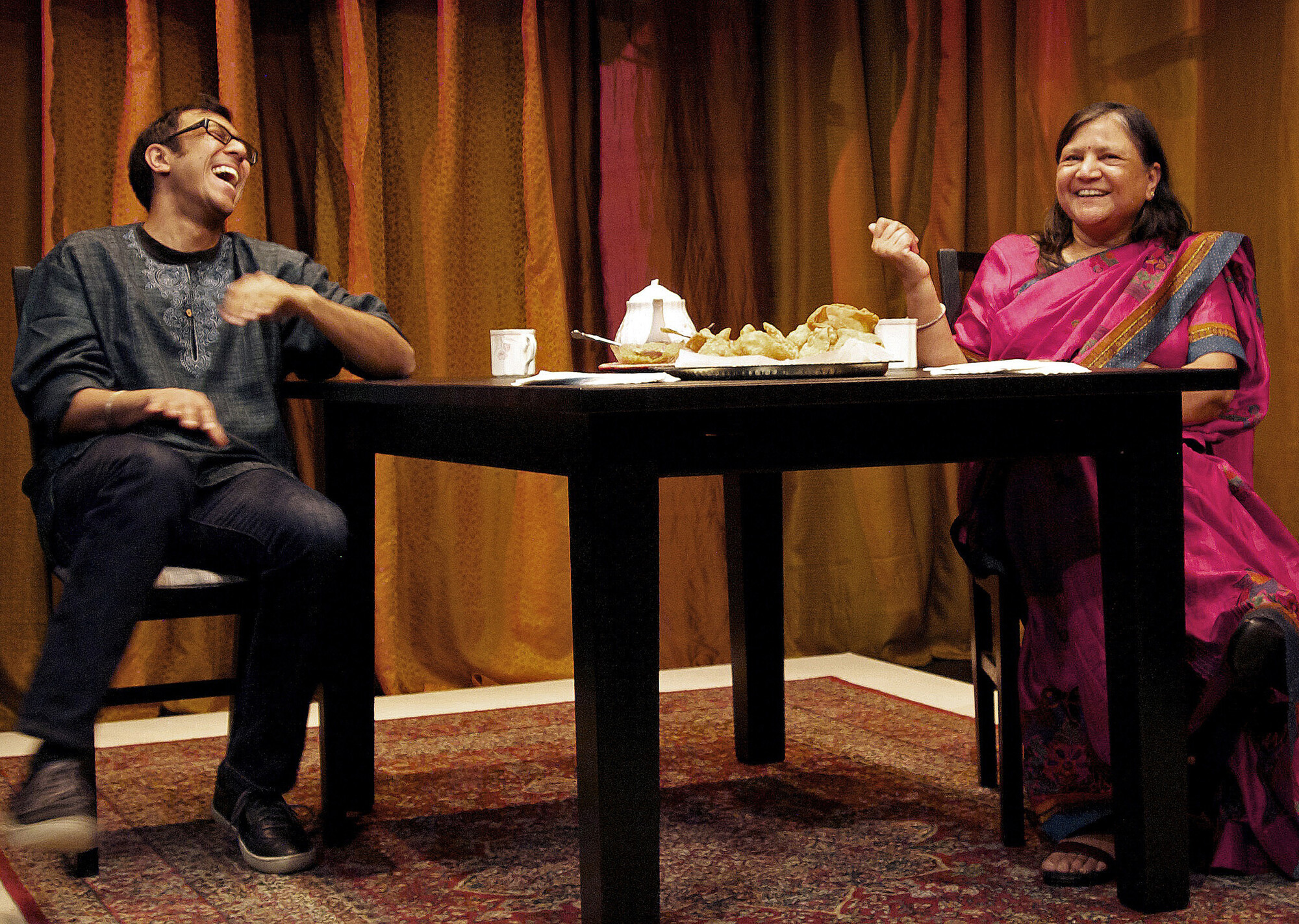
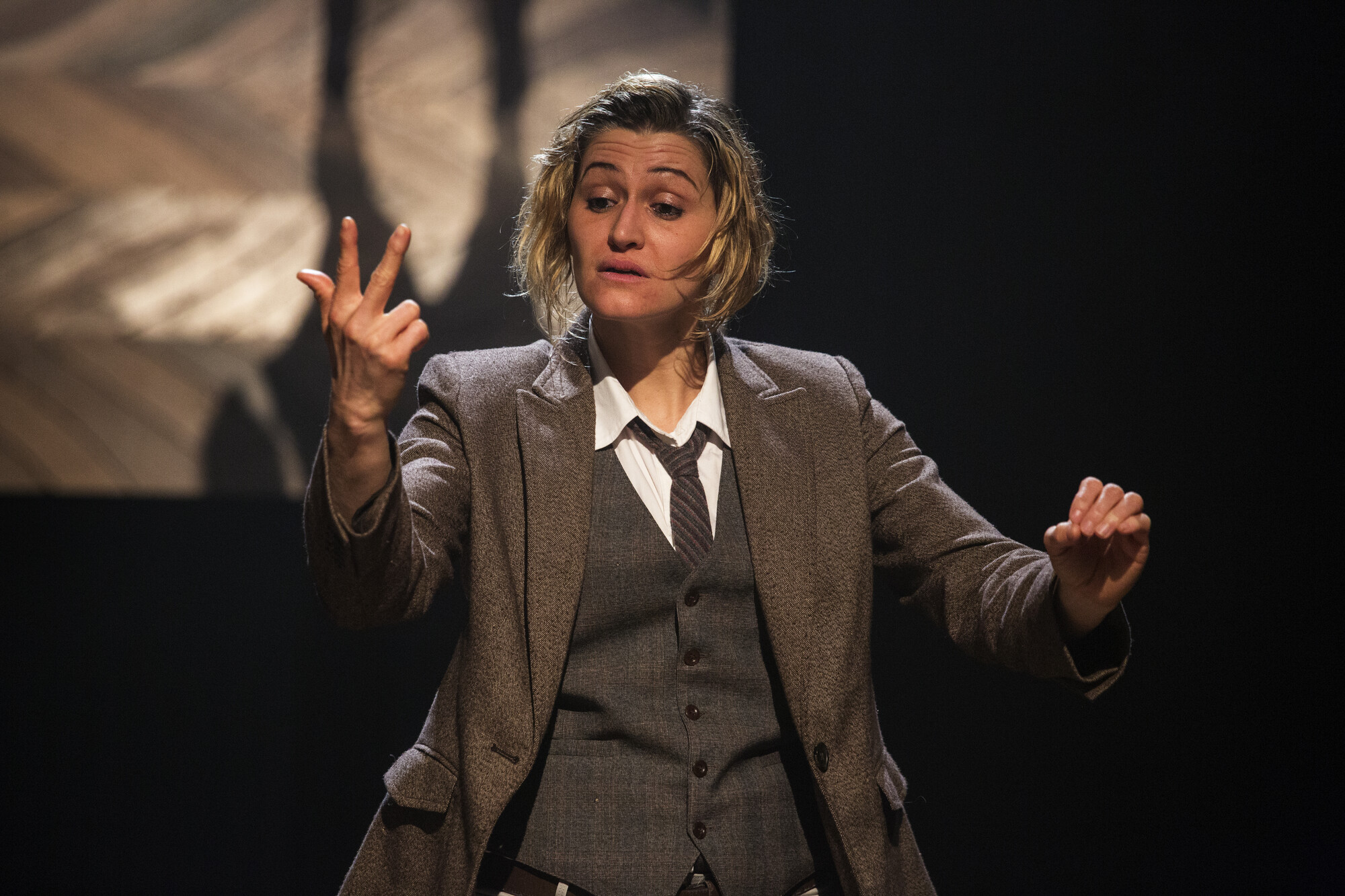
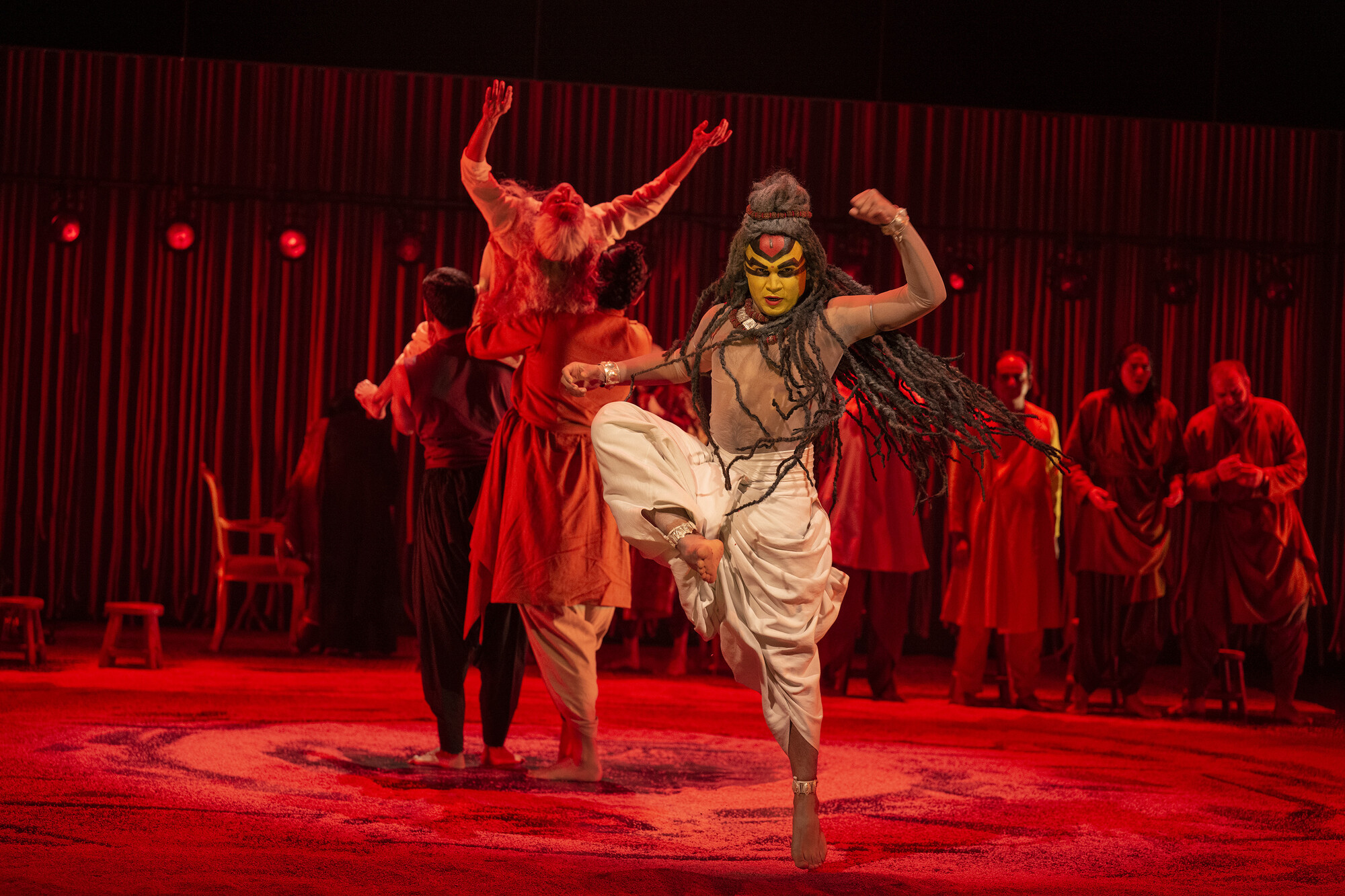

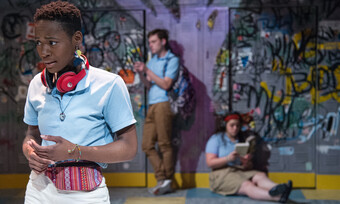


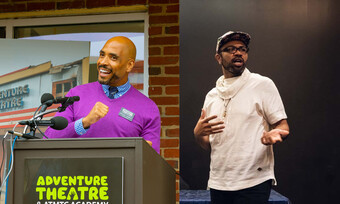
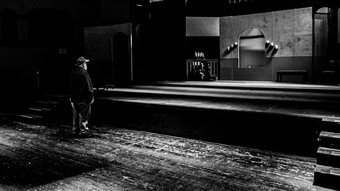


Comments
The article is just the start of the conversation—we want to know what you think about this subject, too! HowlRound is a space for knowledge-sharing, and we welcome spirited, thoughtful, and on-topic dialogue. Find our full comments policy here